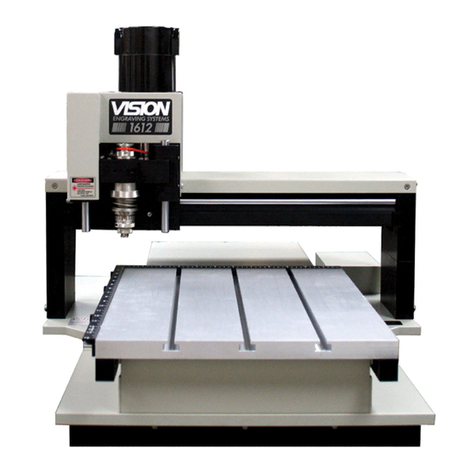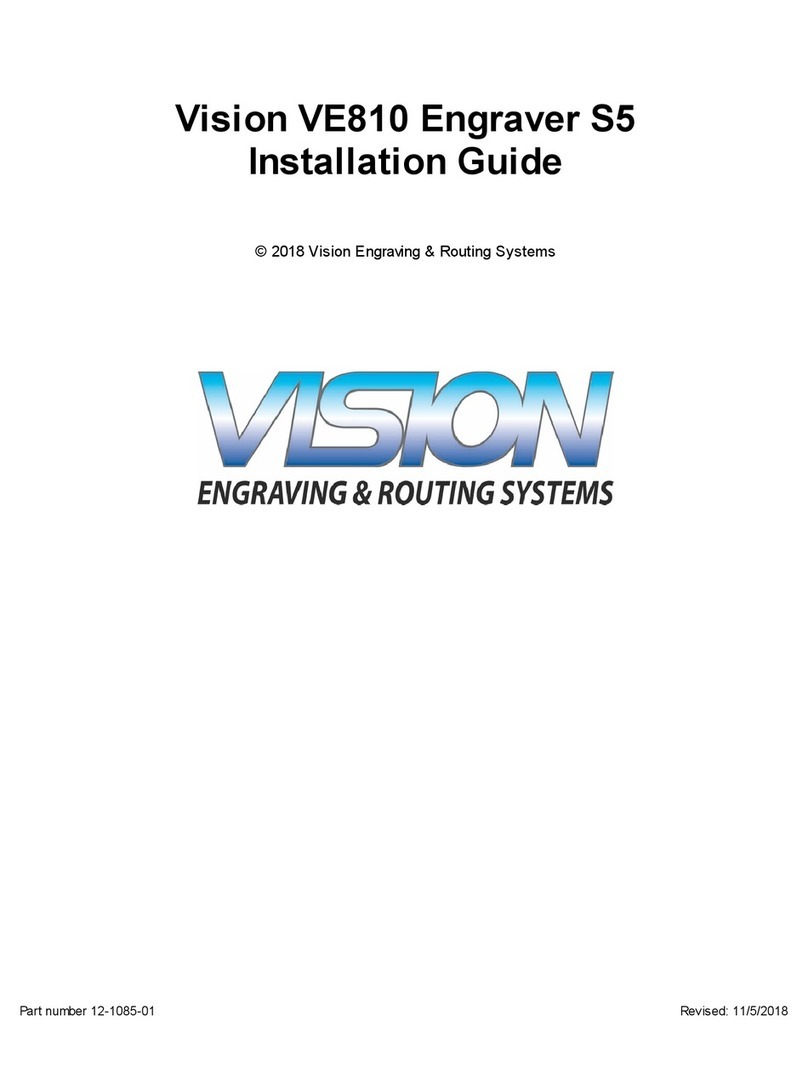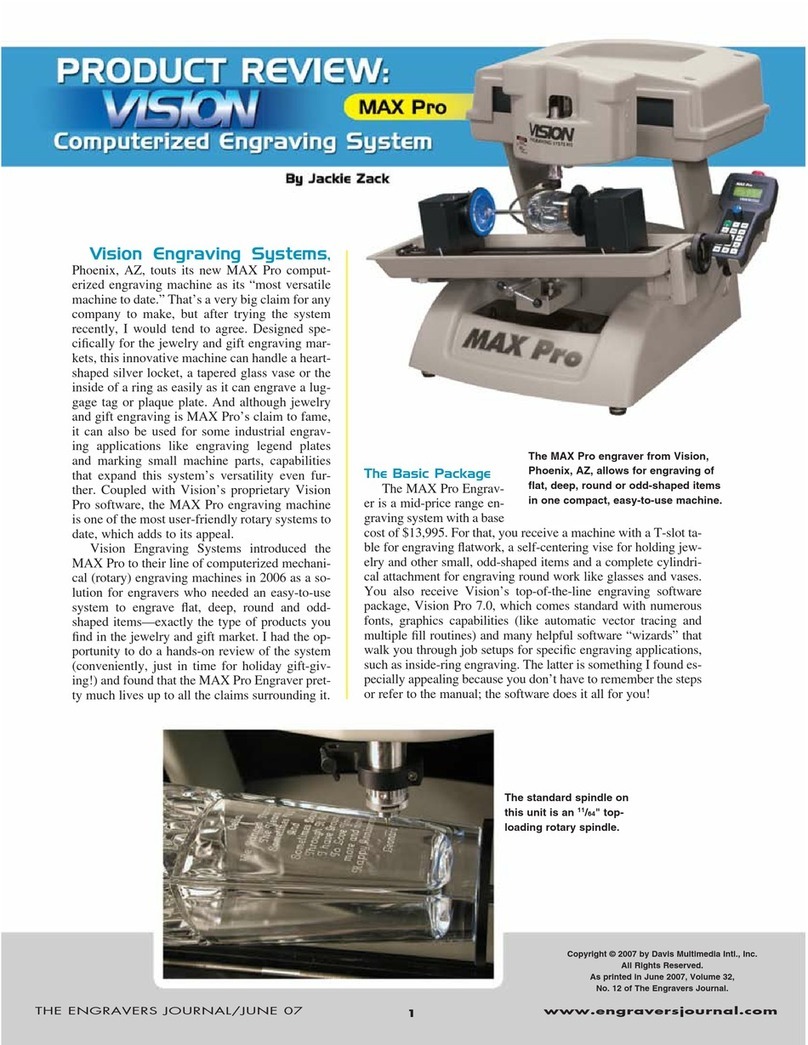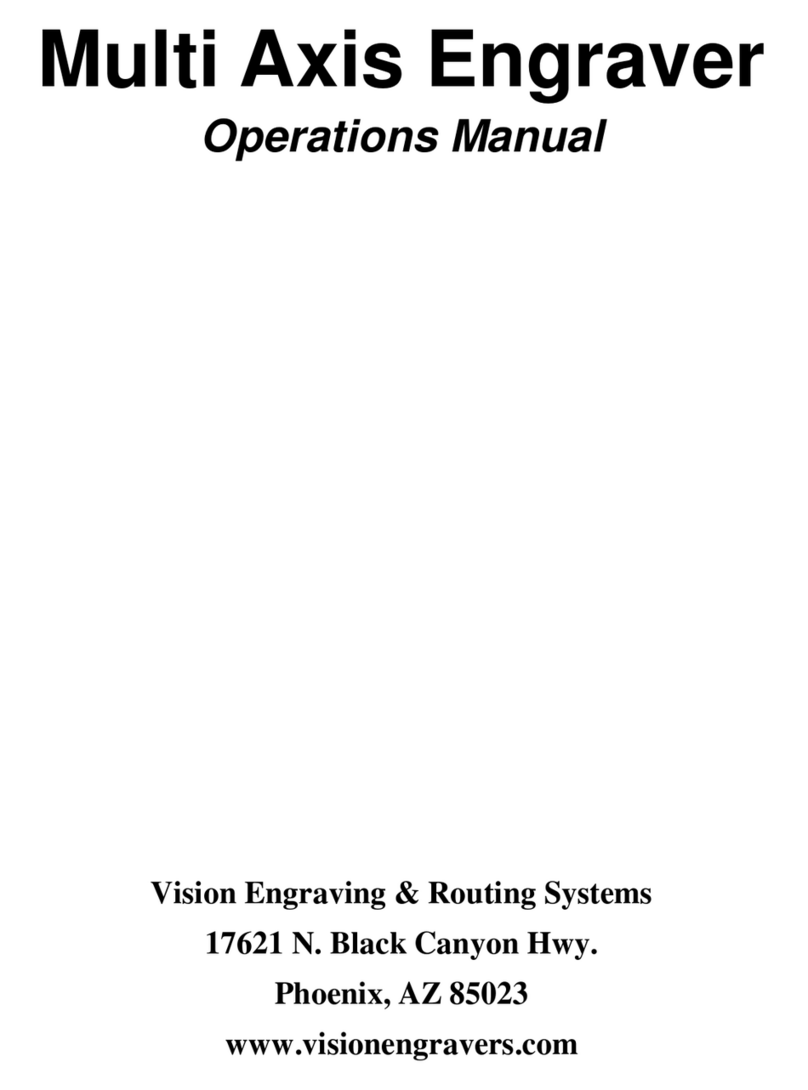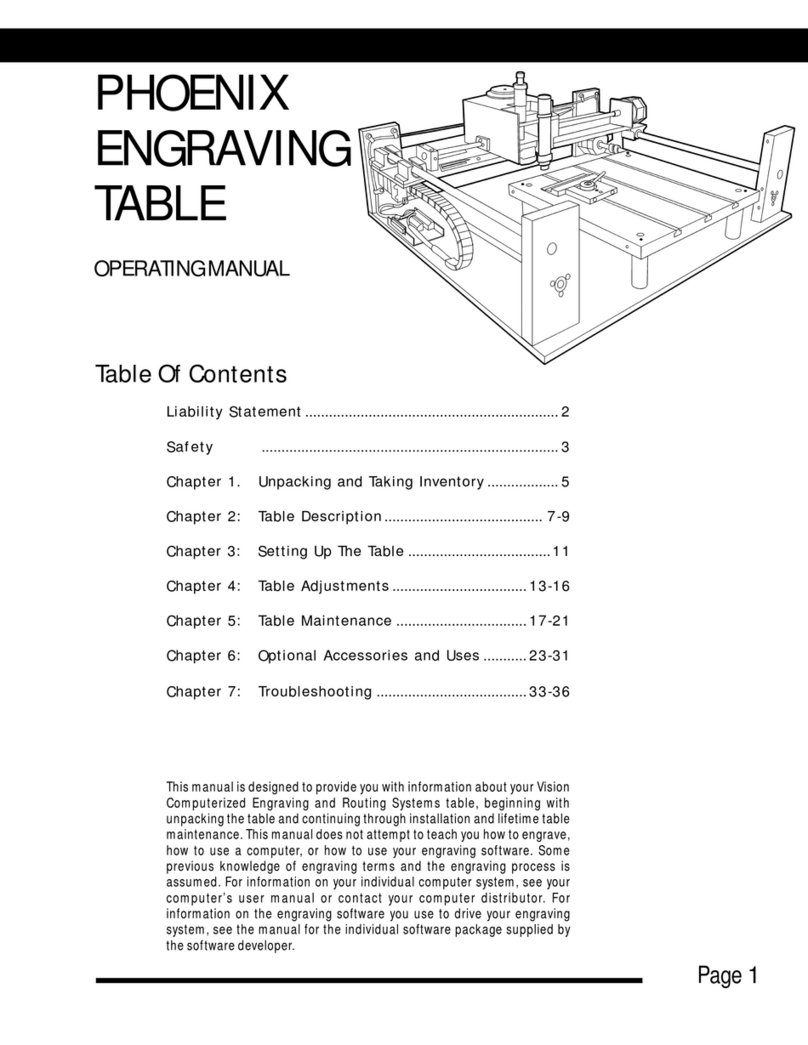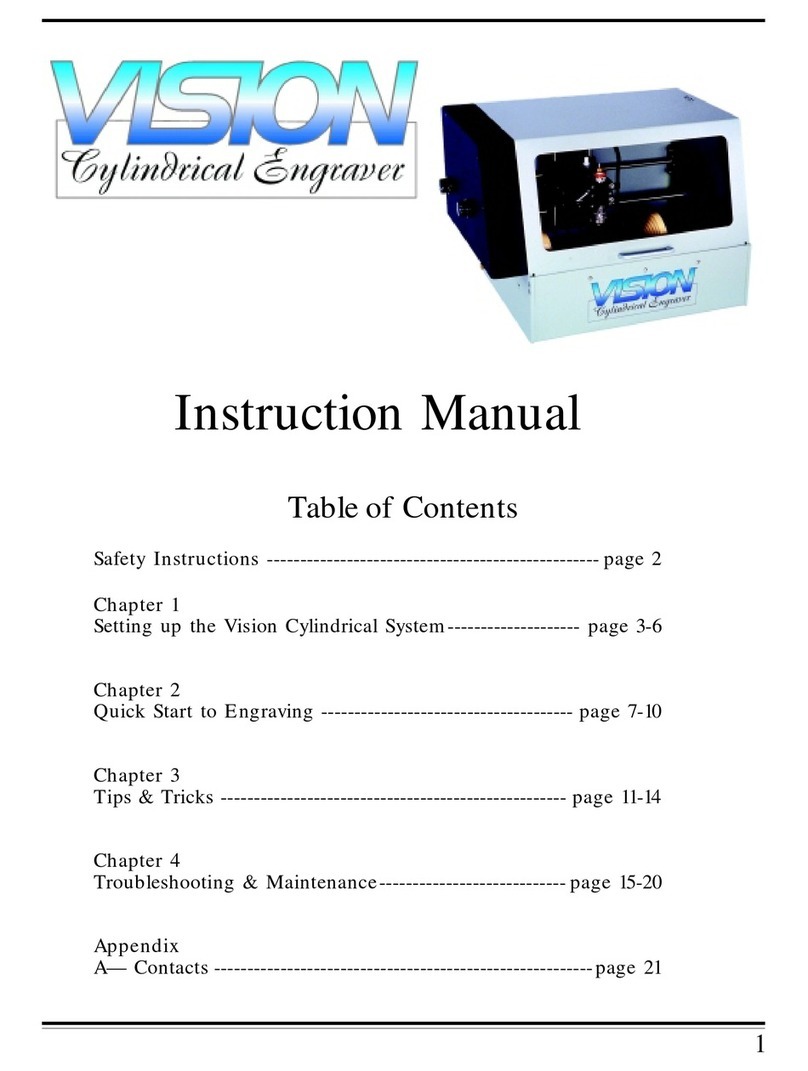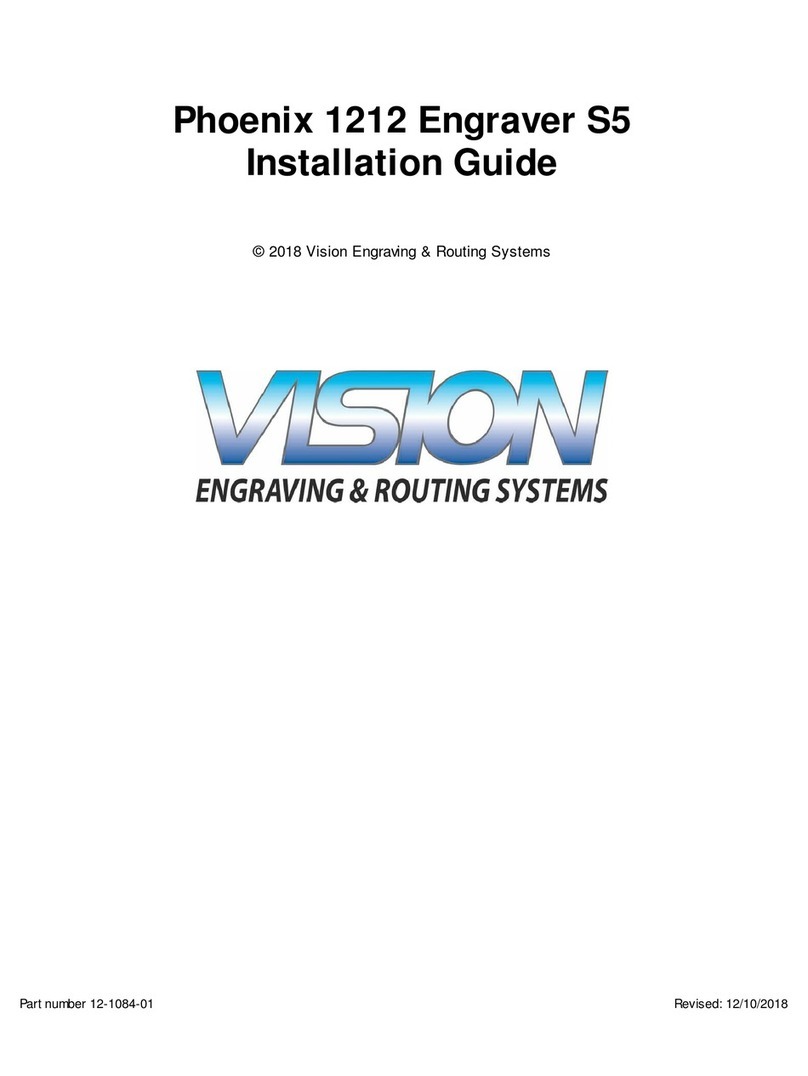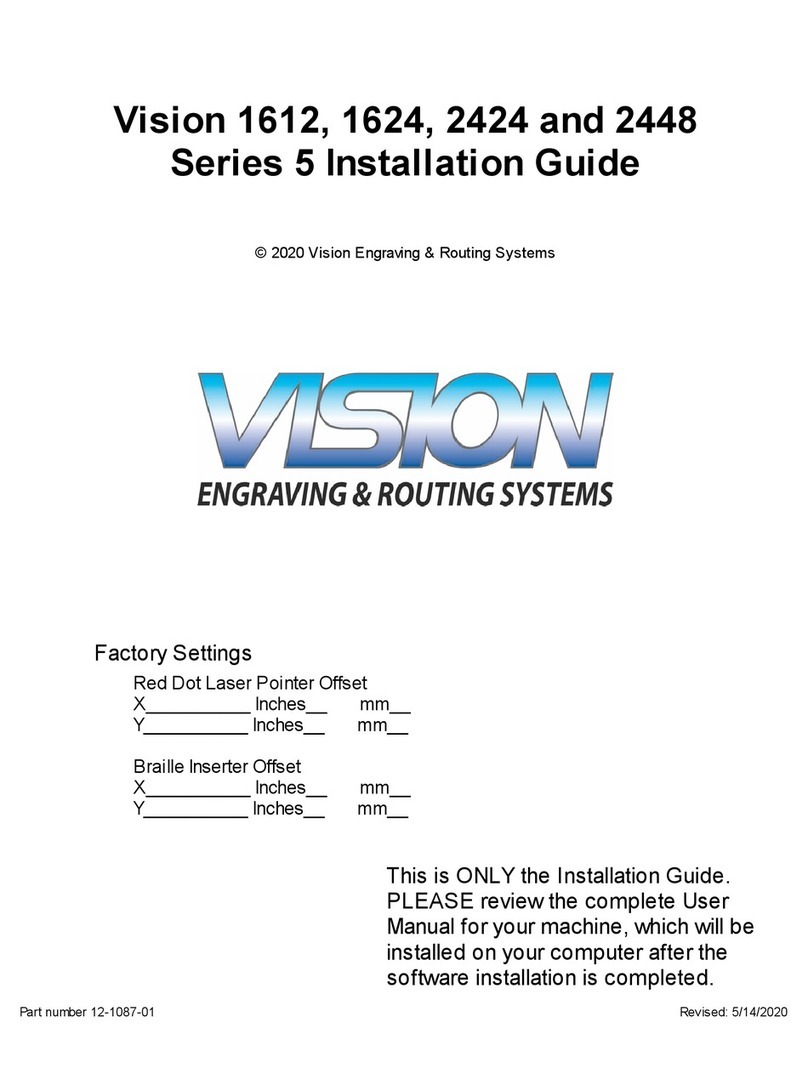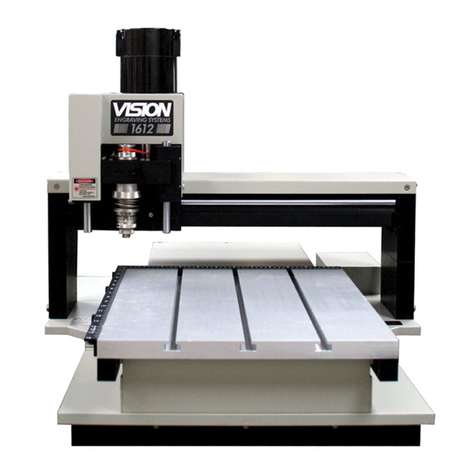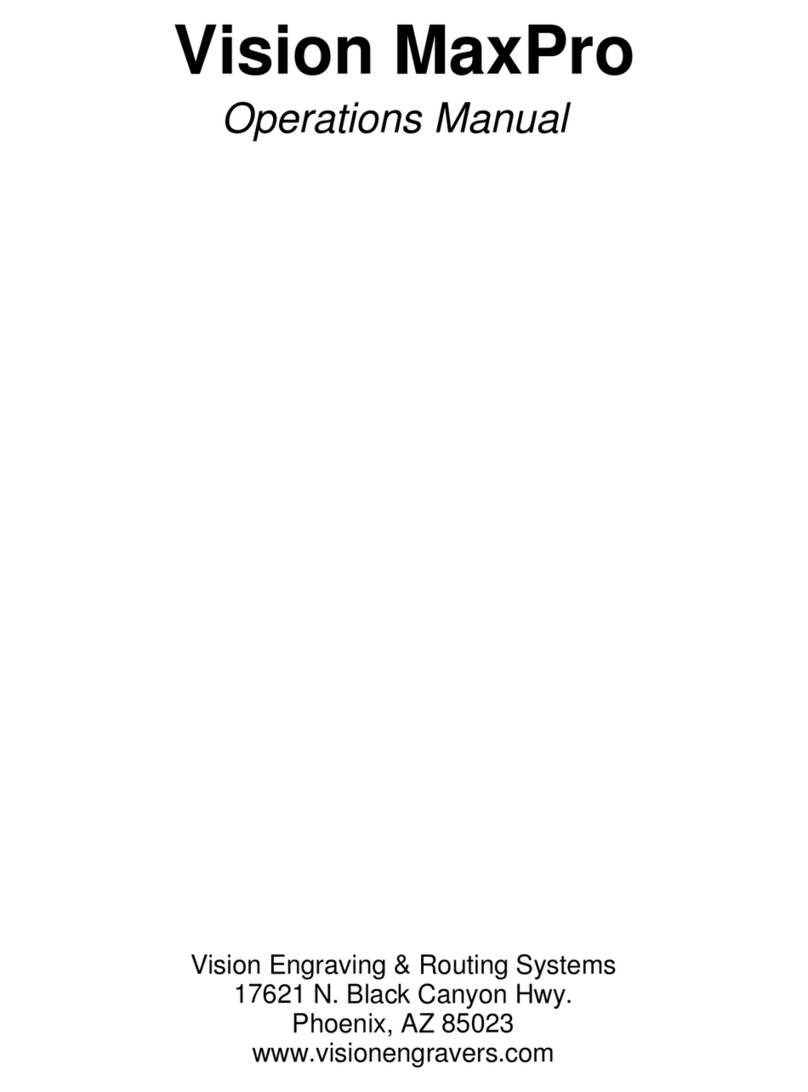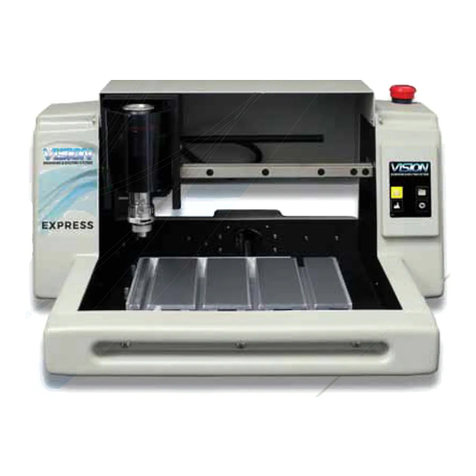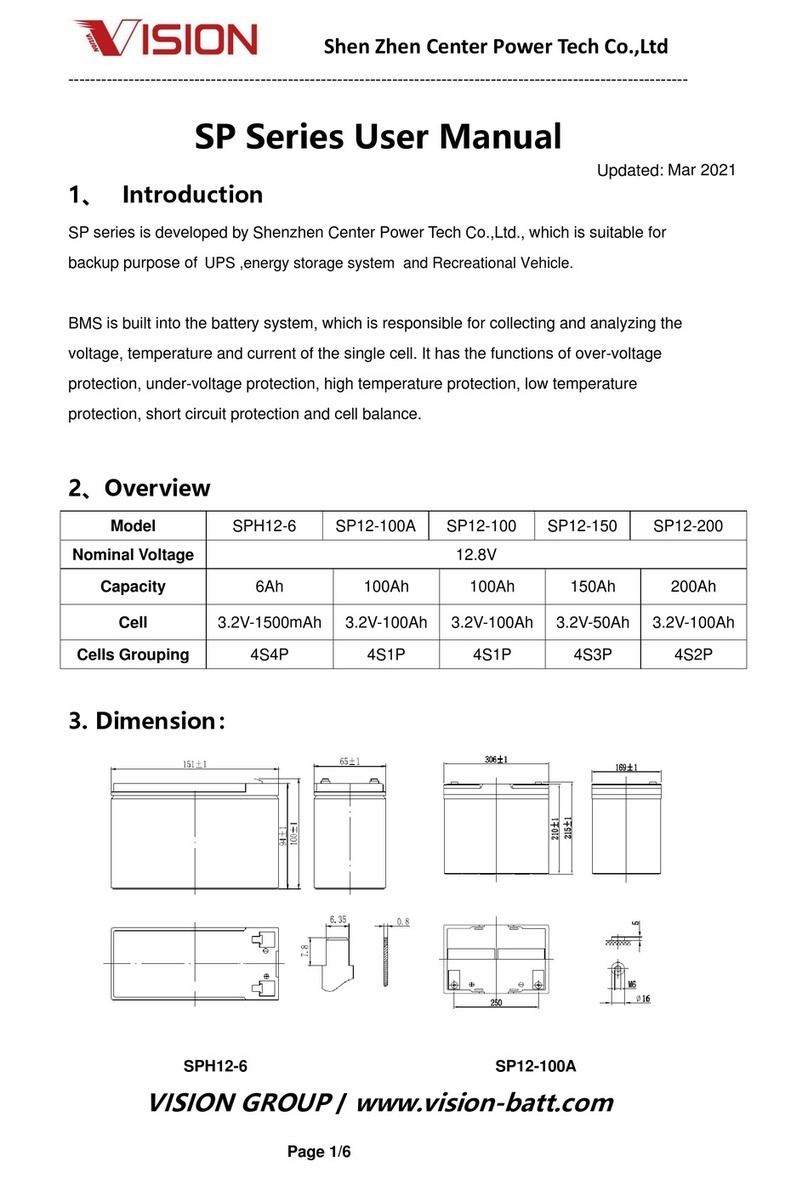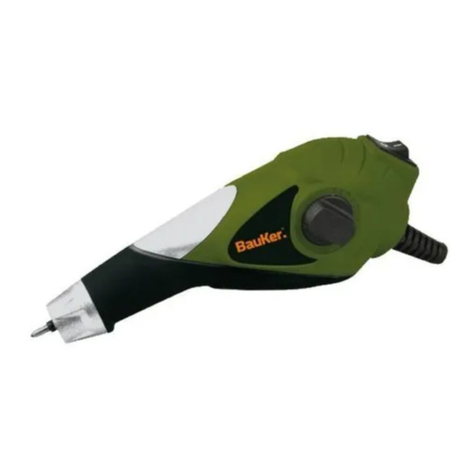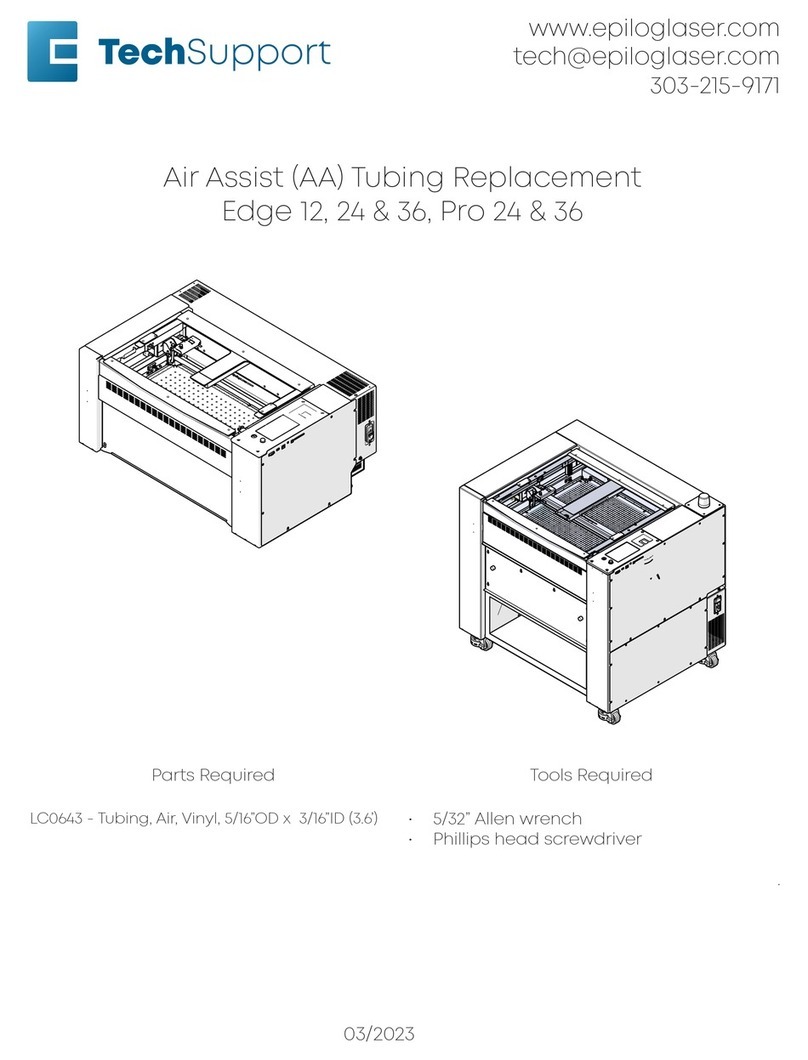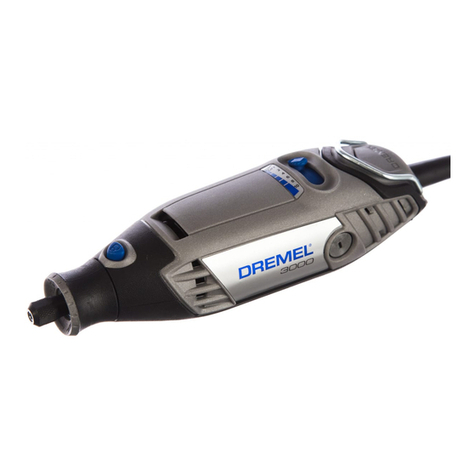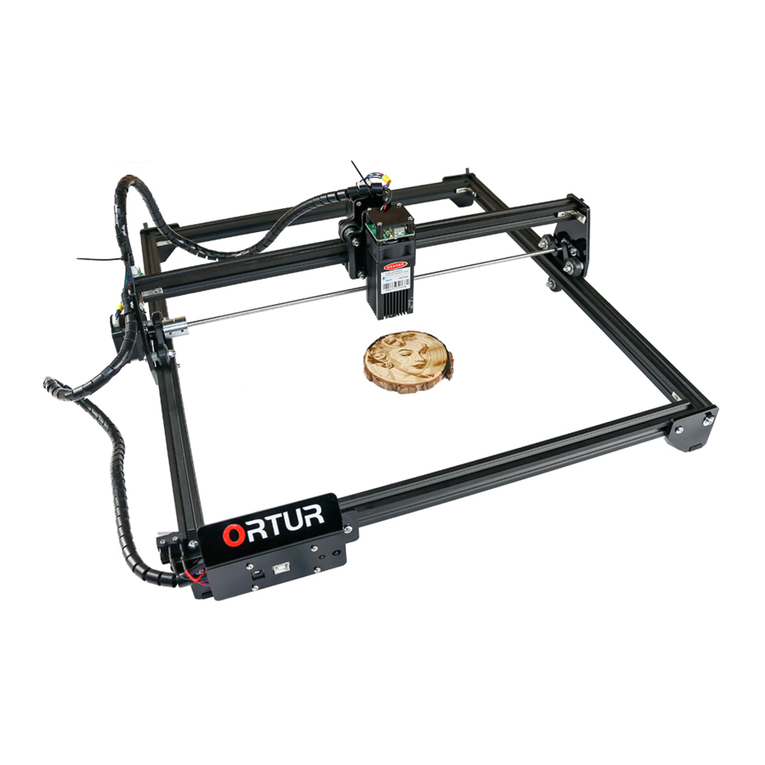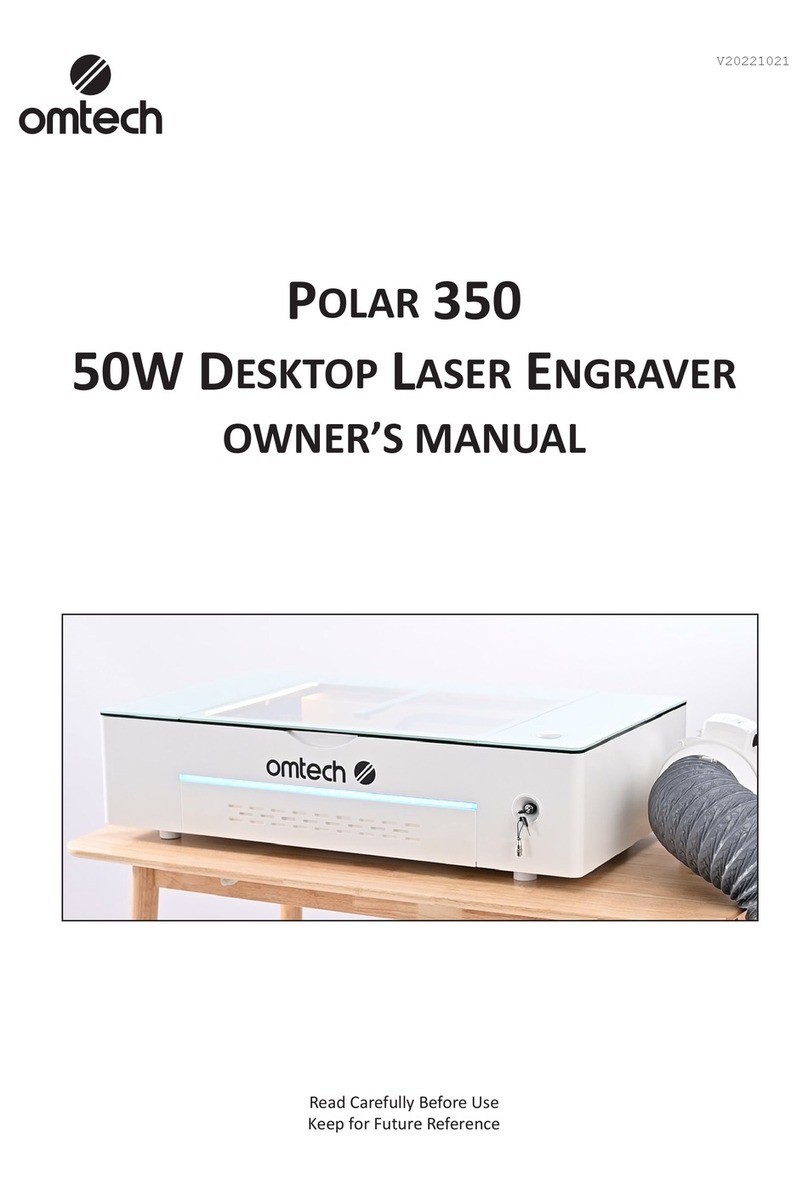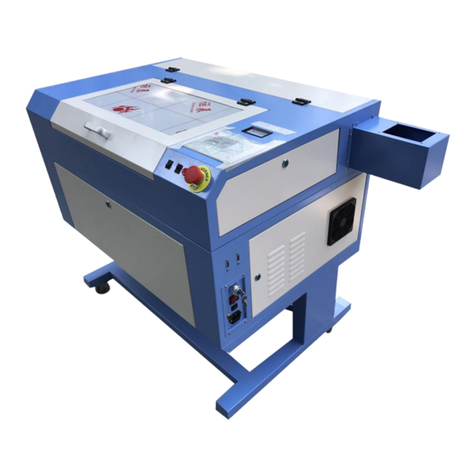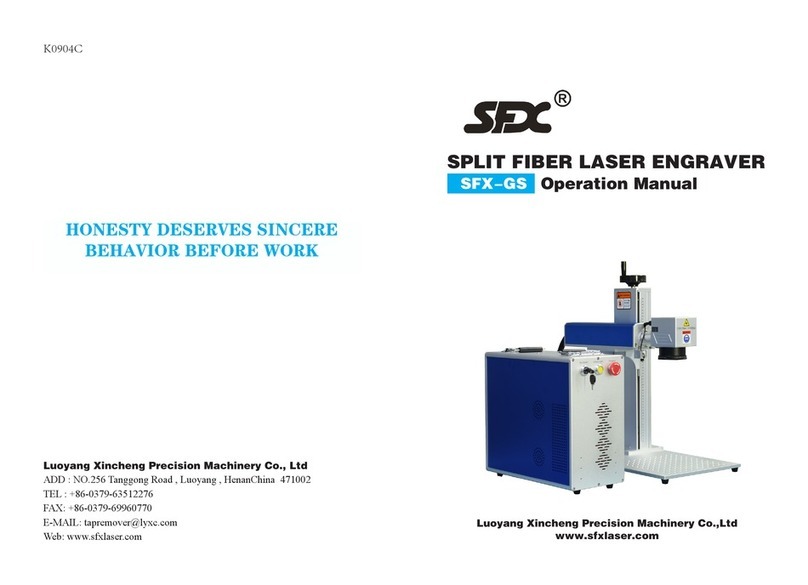
Introduction 5
© 2013 Vision Engraving & Routing Systems
1.1 Disclaimer and Warranty Information
Limits of Liability / Disclaimer of Warranty
The information contained within this manual has been carefully checked and is believed to be
accurate, however, Vision makes no representations or warranties for this manual, and assumes no
responsibility for inaccuracies, errors, or omissions that may be contained within this manual. In no
event shall Vision be liable for any loss of profit including (but not limited to) direct, indirect, special,
incidental, consequential, or other damages resulting from any defect or omission in this manual, even
if previously advised of the possibility of such damages.
In the interest of continued product development, Vision reserves the right to make improvements to this
manual and the products it describes at any time, without notice or obligation.
Limited Warranty:
Vision Computerized Engraving and Routing Systems (and Retrofit Tables)
Vision Computerized Engraving and Routing Systems (Vision) warrants that for a period of two (2)
years from the date of shipment to the original purchaser of either a Series 4 Controller, Phoenix,
Vision or Table Retrofit (the System), that the System will be free from defects in material and
workmanship under normal use and service. Upon written notification, we will transfer the remaining
warranty to a new customer. This warranty shall cover all elements except for items covered by
separate manufacturer’s warranties and consumable items. “Consumable” items include, but shall not
be limited to, belts, brushes, lubricants, and cutters furnished with the System, for which no warranty is
provided.
In the event a defect is discovered during the warranty period, within thirty days of discovery, but no
later than the last day of the warranty period as described above, the user shall contact Vision for
instructions regarding disposition of the problem. Vision shall, at its option, either (1) repair the affected
product with new or refurbished parts, or (2) provide a replacement. Any incidental costs, including the
cost of shipment from the user’s location to the point of repair and return, and any installation
performed by the user, shall be at the expense of the user.
This warranty covers normal use only and shall be void in the event that the System is altered or
modified without authorization by Vision, or is subject to abuse, neglect, or other misuse by the user.
The warranties for Third-Party Hardware and Third-Party Software shall run directly from the
manufacturers of such hardware and software to the user. Vision makes no warranties, expressed or
implied, with regard to Third-Party Hardware or Third-Party Software.

